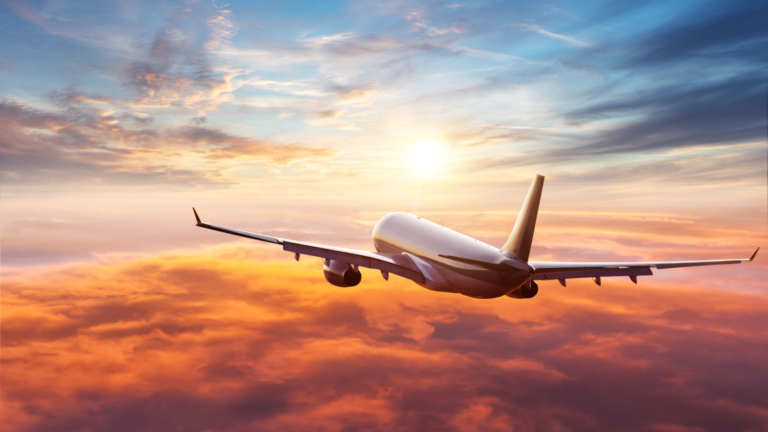Inflation has dominated headlines, with consumer spending categories like airline tickets surpassing the 8% CPI increase. Airfare tickets saw a 25% increase in 2023, which became the largest price hike since 1989. Although the costs are increasing, Americans are also more into traveling, with spending on airlines and travel agencies surging by 60%. Given high demands, airlines are finding difficulties in meeting these, especially with very high inflation rates.
Airbus (OTCMKTS:EADSY) reduced its production forecasts for this year and next due to supply chain challenges, impacting airlines and passengers. The constrained jet supply is pushing airlines to revise their growth strategies amid soaring travel demand, potentially leading to fewer seats and higher fares.
Ongoing Boeing Problems
Summer travel season started with a bang, but Boeing’s (NYSE:BA) recent setbacks have caused some delayed, or worse, canceled travel vacation plans. In the past five years, Boeing has been through some hurdles, especially as it was dragged due to safety concerns of its 737 Max units. This has strained the aviation supply chain, potentially raising travel costs and causing delays for vacationers.
Boeing has faced significant challenges in safety and supply chain management in recent years. Following several high-profile incidents, including an incident where a door plug detached from an Alaska Airlines flight, Boeing faced intense pressure from regulators and the public to enhance aircraft quality. Consequently, production of its 737 Max jets slowed significantly.
In March, the company delivered 24 planes to airlines, a 53% decrease from the previous year, and only three planes were delivered in the first half of April. Overall, U.S. airlines are set to receive 301 passenger planes in 2024, a 40% reduction from initial expectations, partly due to supply chain issues affecting both Boeing and its competitor, Airbus.
Most of the supply challenges stemmed from Boeing and its 737 Max jets, particularly after U.S. officials imposed manufacturing restrictions following the Alaska Airlines incident. This safety-focused decision significantly hampered new plane production, exacerbating existing backlogs of thousands of orders.
The Impact on Travelers
With aircraft production slowing, travelers will likely face higher summer airfare costs due to airlines struggling to match soaring demand. This year’s record-breaking 4.7 billion vacationers amplify the impact, as reduced plane availability could push ticket prices upward.
Airfares are set to stay high through 2024, defying last year’s post-May tapering, noted Robert Mann. Early 2024 bookings showed a 5% to 6% increase year-over-year, outstripping inflation rates, CNN reported. Ryanair (NASDAQ:RYAAY) expects a 5% to 10% fare hike due to Boeing delays, impacting both domestic and international travel plans.
Hopper reports that domestic round-trip flights averaged $290 in April, with prices expected to increase. Prices are projected to peak around $315 between May and June, then decline to an average low of $264 in September. Delta Air Lines (NYSE:DAL) CEO Ed Bastian noted during an earnings call that summer travel demand has shifted earlier due to earlier school breaks, particularly in the South.
Hayley Berg, Hopper’s chief economist, noted in a report that international airfares have started to recover after two years of inflated prices due to increased demand, high fuel costs and supply limitations. Most global destinations have seen decreased airfares compared to last year, except for Canada, where prices have remained steady.
Despite that, international flights have remained expensive and above pre-pandemic prices due to fuel price increases.
Bottom Line
In 2022, airfares saw a 30% increase due to high demand and constrained supply due to a shortage of staff. However, when the summer season started that year, airfares dropped 13% to nearly 19% from their peak levels. That was due to increased available seating by 15% compared to 2021.
This year, fares saw a more modest average decline of 6%, as airlines scaled back expansion plans amid ongoing aircraft delivery issues. With jet deliveries expected to remain constrained and travel demand strong, fares may face upward pressure. Airlines filled 86.9% of seats during last summer’s peak travel season, slightly higher than the same period in 2023. However, if demand deteriorates, we could see higher prices as airlines look to maintain margins moving forward.
On the date of publication, Chris MacDonald did not have (either directly or indirectly) any positions in the securities mentioned in this article. The opinions expressed in this article are those of the writer, subject to the InvestorPlace.com Publishing Guidelines.

